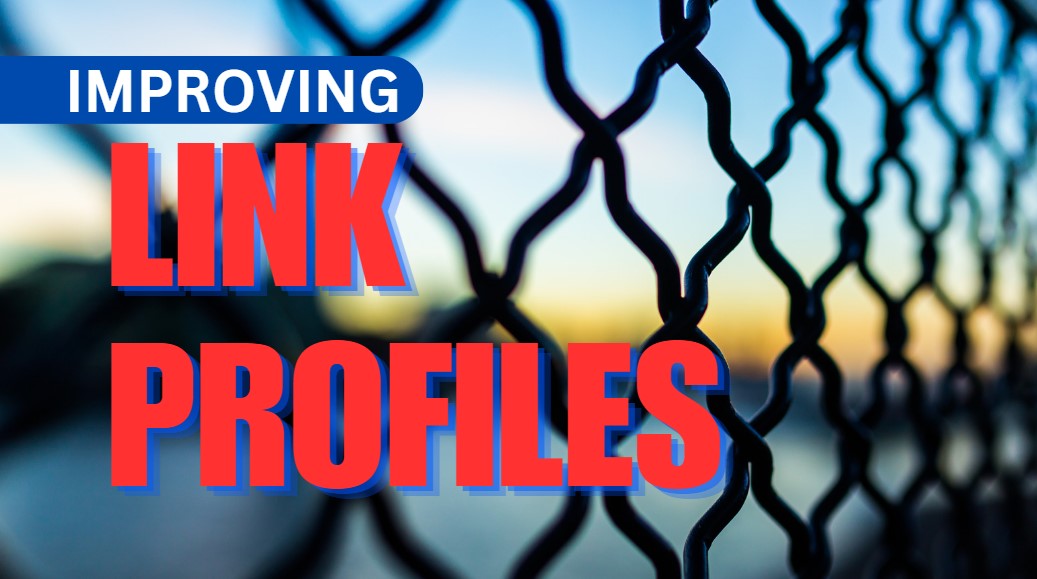The quality and relevance of external sites linking to your website (known as your link profile) play a major role in SEO rankings. Analyzing your existing links and actively enhancing your link profile should be ongoing priorities. Here are some tips to help thoroughly evaluate and build your site’s link profile for higher search visibility.
Conduct a Comprehensive Backlink Audit
Use backlink analysis tools like Ahrefs, Moz, or Majestic to crawl the web and uncover all of the external sites currently linking to your domain. Review key factors like the overall quantity of linking domains, the quality and authority of those domains, the variety and patterns of anchor text from links, and the contextual relevance of the sites based on your niche or industry.
Identify areas where your link profile could be strengthened, such as increasing links from .edu or .gov sites. Run comparative audits on competitors’ domains to benchmark your link profiles.
Disavow Dangerous Toxic Links
Any toxic, spammy backlinks need to be cleaned up to avoid manual or algorithmic penalties. Thoroughly research suspicious links to determine which may be harmful. Obvious red flags include paid links, guest posts on questionable sites, comment spam, and links from totally irrelevant sites.
Use Google’s disavow tool to officially declare that you do not want certain toxic links counted toward your site’s ranking. Be careful not to disavow quality links by mistake though. Removing toxic links helps improve your overall link authority.
Build New Quality Backlinks from Reputable Sites
The best long-term strategy is focusing energy on actively building new, high-quality backlinks from reputable websites closely related to your niche. There are many white hat tactics, such as guest posting on authoritative industry blogs, contributing expert quotes for mainstream media coverage, securing citations on well-known directories, and participating in relevant forums or online communities.
Great content marketing that positions you as an expert is a powerful way to get high-quality backlinks.
Contextual relevance is key – links from websites in your field are exponentially more valuable than random links. So, concentrate on securing backlinks from credible sites that would naturally link to a site like yours.
Diversify Your Anchor Text Profile
When conducting outreach and building new backlinks, be very mindful of your anchor text mix. Avoid over-optimizing with repetitive commercial keywords. Instead, vary your anchor text by intentionally building links with branded, generic, partial match, and naked URLs.
A diverse, natural anchor text profile limits risk and demonstrates genuine links earned organically.
Monitor New Links Pointing to Your Site
Be proactive by setting up alerts and tools to continuously monitor any new websites linking to your domain. This allows you to stay on top of your link profile growth and rapidly identify issues.
Set Google Alerts for your brand name and trademark terms as well. Staying vigilant about your evolving link profile enables prompt action on any new toxic links before they potentially harm your site’s rankings.
Analyzing and improving your overall link profile will directly strengthen website authority for higher SEO rankings.

